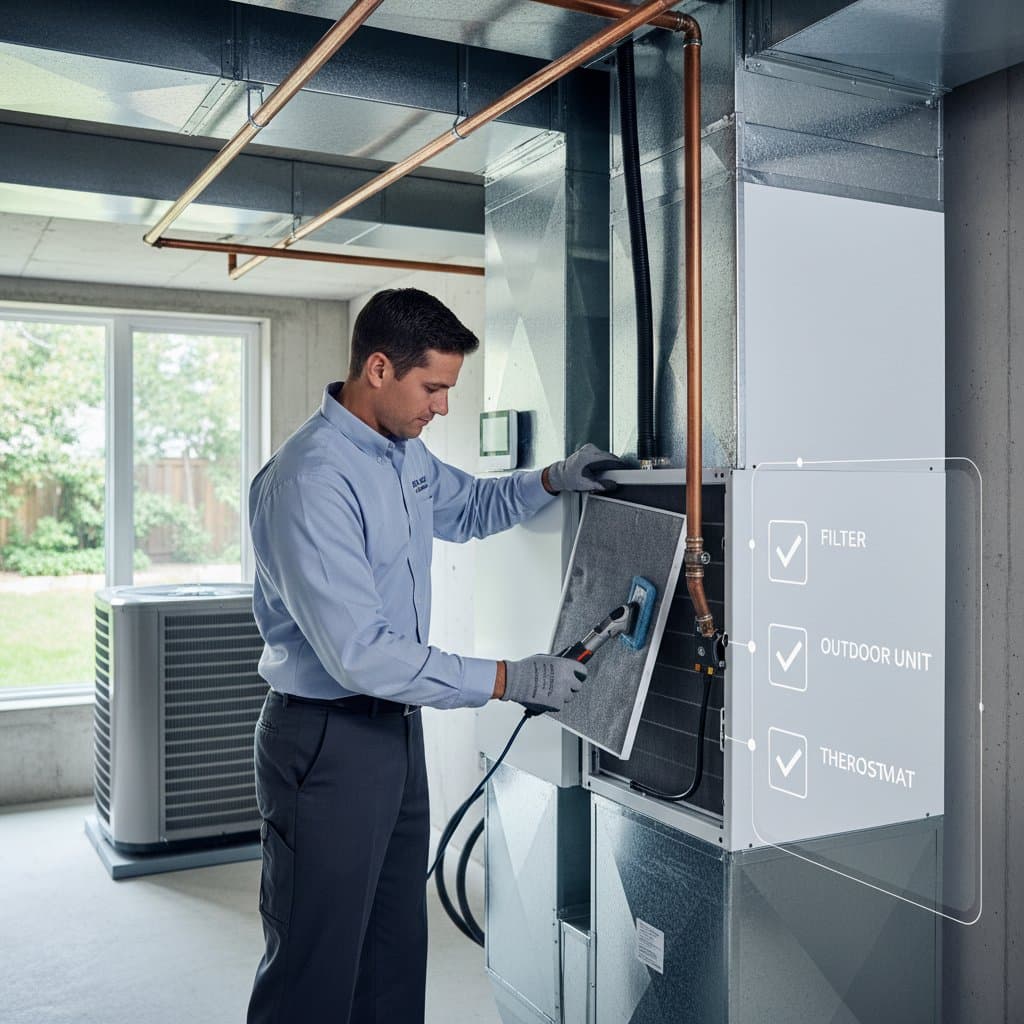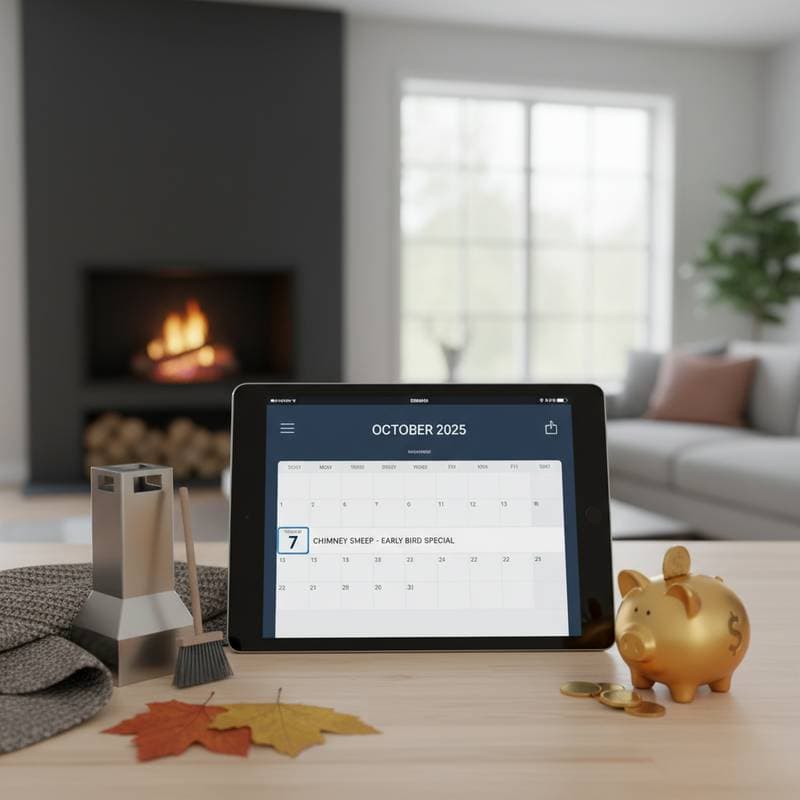Understanding the Importance of Fall Chimney Inspections
Chimney inspections represent a critical seasonal maintenance step that safeguards homes, heating systems, and occupants. As autumn temperatures drop, fireplaces and wood stoves see renewed activity, heightening the risk of issues from accumulated debris or structural wear. Professional inspections identify potential fire sources, enhance energy efficiency, and prolong equipment lifespan. Homeowners who grasp the inspection process, associated expenses, and optimal timing position themselves to address concerns proactively and avert substantial future costs.
Exploring Pricing Models for Chimney Services
Chimney professionals employ varied pricing approaches based on service extent, inspection type, and client needs. Familiarity with these structures enables precise quote comparisons and informed decisions.
Hourly Rates Compared to Flat Fees
Certain companies apply hourly rates of $75 to $125, suitable for scenarios with unpredictable chimney conditions or potential restoration needs. Flat fees, however, provide cost certainty for routine evaluations. Homeowners benefit from flat-rate options during standard annual checks, as they eliminate billing surprises.
Per-Unit or Project-Based Charges
Properties featuring multiple fireplaces or flues incur per-unit fees, with each additional flue or stack adding $50 to $100. Larger estates with diverse heating setups face elevated totals, since every component demands individual assessment. Request detailed breakdowns to evaluate fairness in multi-unit pricing.
Bundled Package Options
Providers frequently propose packages combining inspection, sweeping, and basic upkeep, priced from $250 to $500 according to chimney dimensions, residue levels, and access challenges. Such bundles deliver comprehensive care in a single visit, yielding superior value over separate services. Evaluate package inclusions to confirm alignment with your maintenance goals.
Annual Plans Versus Single Services
Annual plans grant discounted access to inspections and cleanings, typically $200 to $350 yearly, along with priority scheduling. Single inspections without cleaning start lower but risk undetected issues leading to escalated expenses. Consider subscription benefits if consistent upkeep fits your routine.
Inspection Levels and Corresponding Costs
Industry standards define three inspection levels, each tailored to specific scenarios and priced accordingly.
Level 1: Basic Visual Assessment
This entry-level service examines visible chimney elements like the flue, damper, and firebox. Priced at $125 to $175, it proves ideal for routinely maintained systems without recent modifications. Schedule this option annually to maintain baseline safety.
Level 2: Detailed Internal Examination
Involving camera probes to uncover hidden cracks, blockages, or creosote deposits, Level 2 inspections cost $200 to $400. Professionals recommend this during property transactions, post-fire incidents, or fuel conversions. The added scrutiny justifies the investment for thorough diagnostics.
Level 3: In-Depth Structural Analysis
Reserved for suspected severe damage, this level requires dismantling portions of the chimney or adjacent structures. Expenses surpass $800, influenced by labor and repair demands. Pursue this only upon evidence of significant compromise to ensure structural integrity.
Customized Services for Unique Properties
Older residences, elevated chimneys, or intricate venting systems necessitate expert interventions, often exceeding $1,000 with specialized tools like scaffolding. Obtain itemized proposals for bespoke work to verify cost justification and scope coverage.
Factors Affecting Inspection Expenses
Multiple elements shape the final price of chimney services, aiding budget preparation and expectation management.
Project Scale and Chimney Dimensions
Compact single-flue chimneys require minimal effort, whereas expansive multi-flue designs demand extended attention and higher fees. Account for additional connections from stoves or inserts when estimating totals.
Technical Complexity and Expertise Demands
Tall structures, curved flues, or integrated appliances call for sophisticated gear and trained personnel, elevating rates due to safety protocols. Seek certified experts for challenging configurations to guarantee precise evaluations.
Duration of the Service
Routine checks span 30 to 60 minutes, but comprehensive cleanings or scans may last two hours or longer, proportionally increasing labor charges. Inquire about time projections to align with your availability.
Equipment and Material Requirements
Tools such as cameras, brushes, and vacuums add to overhead, particularly in residue-heavy or obstructed cases. Jobs involving extensive debris handling incur extra setup and disposal costs.
Optional Enhancements and Extra Fees
Supplementary services complement core inspections, bolstering protection and performance.
Professional Sweeping Services
Sweeping to eliminate soot and creosote buildup ranges from $150 to $300, based on accumulation and reachability. Pairing with inspections often yields 10 to 15 percent savings. Prioritize this to mitigate fire ignition risks.
Flue Cap Installation and Upgrades
New or replacement caps, essential for blocking water, pests, and debris, cost $100 to $250 by material type. Opt for durable stainless steel for extended protection against environmental wear.
Waterproofing and Sealing Treatments
Protective sealants shield masonry from water infiltration, priced at $150 to $400 relative to treated area. Apply these to weather-exposed chimneys for prolonged durability.
Rush or Priority Scheduling
Peak-season urgent requests add $75 to $150 surcharges. Advance reservations during early fall secure standard rates and prompt service.
Optimal Timing: Why Fall Matters for Maintenance
Autumn's chill prompts fireplace reliance, rendering it prime for pre-use evaluations. Inspections clear seasonal residues and verify unobstructed venting before heavy operation.
Data from safety organizations indicate that regular pre-winter checks avert nearly one in four chimney fires. Beyond fire prevention, these assessments spot summer-induced moisture issues and facilitate timely fixes like crack repairs or cap installations. Proactive fall scheduling circumvents winter weather disruptions and technician backlogs.
Selecting a Trusted Service Professional
Qualified providers deliver reliable, secure outcomes. Prioritize those accredited by the Chimney Safety Institute of America or National Fireplace Institute, verifying expertise in protocols and prevention.
Demand insurance documentation and detailed estimates outlining methods and results, including visual reports. Steer clear of suspiciously low bids that compromise thoroughness. Review feedback from verified sources to pinpoint dependable options, noting that premium service often translates to fewer long-term interventions.
Detecting Issues Early to Prolong Chimney Durability
Beyond fire mitigation, inspections reveal subtle degradation in joints, liners, or seals. Early interventions, such as $200 crack sealing, prove far more economical than $2,000 liner overhauls.
Optimized chimneys promote superior draft, fostering efficient burns with reduced emissions and fuel use. This setup maintains clean indoor environments while maximizing heating value.
Steps to Schedule Your Inspection
Begin by assessing your chimney's usage history and visible condition to select the appropriate level. Contact multiple certified providers for quotes, emphasizing fall availability. Confirm all services in writing, then book promptly to secure your slot and enjoy a safer heating season.





